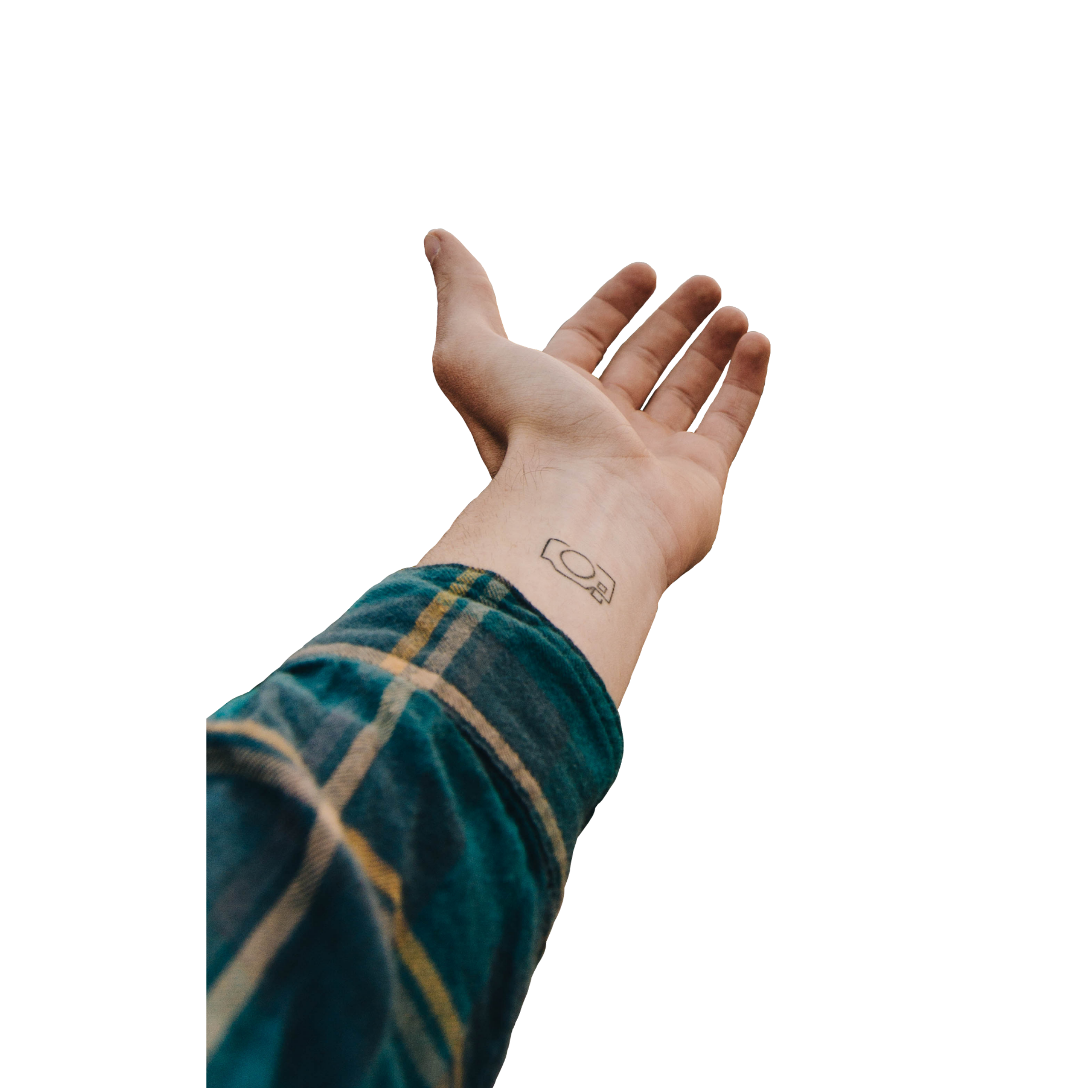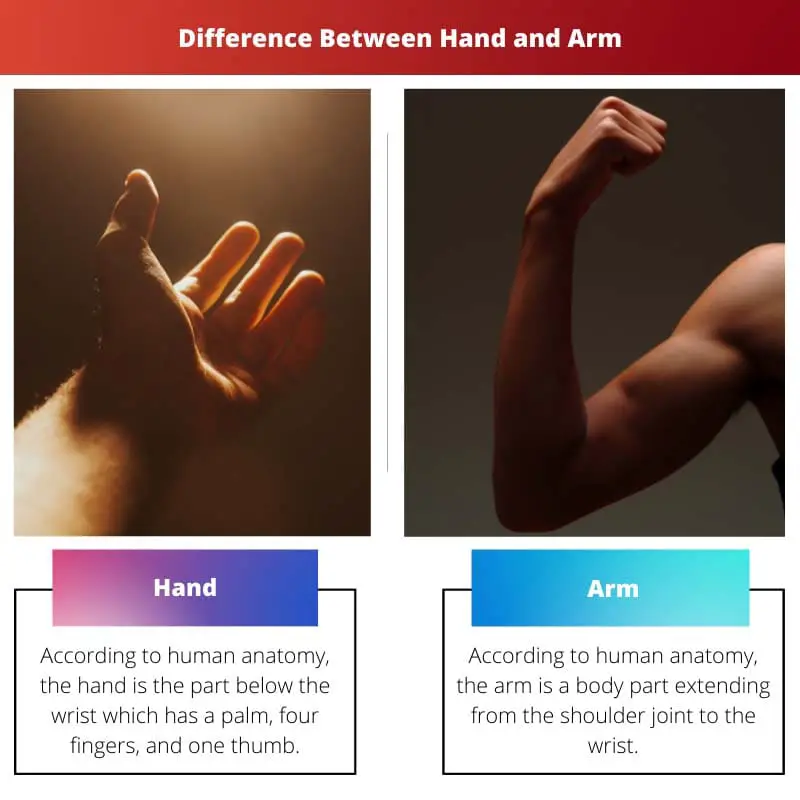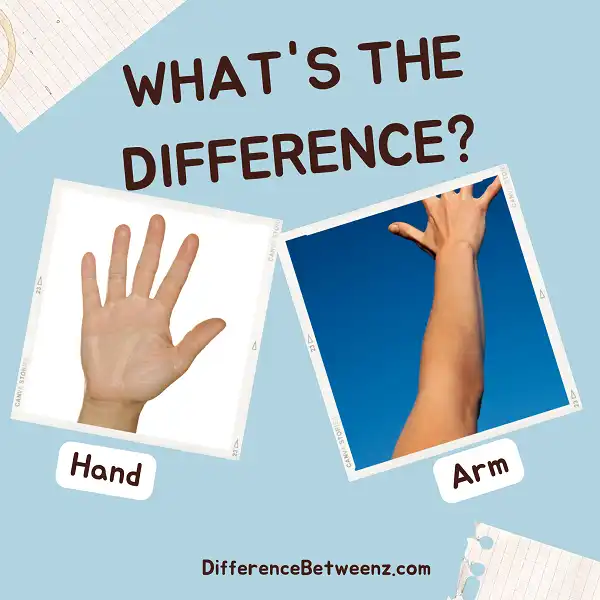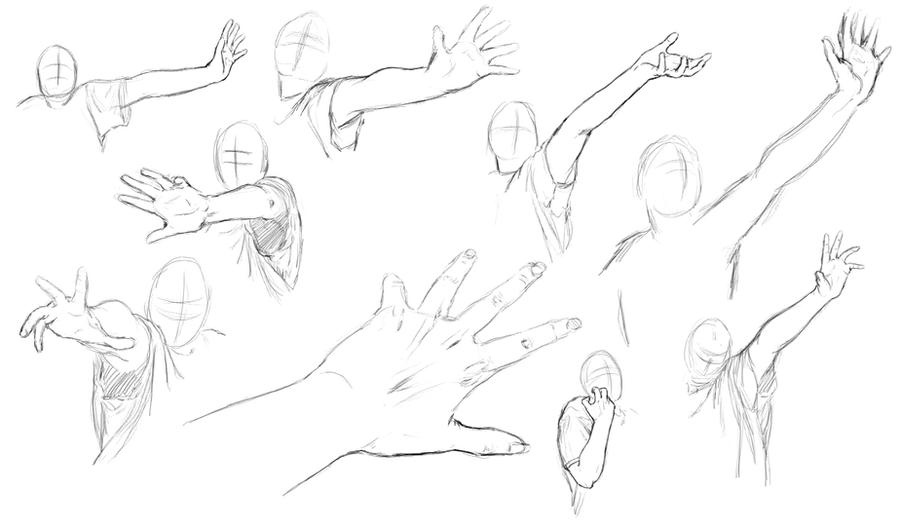
Hand difference YouTube
Congenital hand and arm deformities can be any abnormalities or differences that affect the shape and/or functionality of the shoulder, arm, elbow, forearm, hand, or fingers when a baby is born. Hand and arm differences or deficiencies include missing, incomplete or malformed limbs, extra fingers, an incomplete separation of the fingers, or.
Upper Extremity Limb Length Discrepancy OrthoInfo AAOS
Hand and arm differences can include any conditions that affect either the shape or function of your hand or arm. You may have been born with your hand or arm difference, or it may have developed due to an injury. Having a hand or arm difference can be physically and emotionally challenging, but many young people are able to adapt and function.

Referent control of grip force and arm movement. (a) Hand muscles... Download Scientific Diagram
Issues with the formation of the entire arm or hand. Inability of parts of the hand to separate. Extra fingers or thumb. Undergrowth or overgrowth of the hand, fingers and/or thumb. Specific types of congenital hand differences include syndactyly, polydactyly, radial club hand and cleft hand. Syndactyly

What Causes Numbness in Right Arm? Redorbit
The hand is the terminal part of the human upper limb, consisting of the wrist, palm, and fingers, used for grasping, manipulating, and sensing. The arm is the region between the shoulder and the elbow joint, containing the humerus bone and muscles that enable movement and strength.

FileHand Ring finger.jpg Wikimedia Commons
Babies with congenital limb differences are born with arms, legs, fingers, or toes that are missing, not fully formed, or formed differently. Some congenital limb differences are related to conditions that affect a specific limb or part of a limb. For instance, radioulnar synostosis affects the forearm while fibula hemimelia affects the lower leg.

arm hand freetoedit arm hand sticker by nancyspasic
There are many types of hand differences; some include webbed or fused parts of the hand, curved parts of the arm or hand, extra parts in the hand, missing parts, or parts that are larger or smaller than expected. Figure 1 Syndactyly between long and ring fingers Figure 2 Polydactyly, with an extra little finger Figure 3

Hand vs Arm Difference and Comparison
The term congenital hand difference refers to any condition of the hand and arm that is present at birth. Children can be born with many types of hand differences, and they vary greatly in how they impact the appearance and function of the hand.

Ren Manuel 3D Art Arm/Hand study
is that hand is the part of the fore limb below the forearm or wrist in a human, and the corresponding part in many other animals while arm is the portion of the upper human appendage, from the shoulder to the wrist and sometimes including the hand. As verbs the difference between hand and arm

Difference between Hand and Arm Difference Betweenz
Many young people with arm and hand differences use adaptive strategies and aids to help them complete tasks at school, work, and at home. Aids There are a variety of aids you can use at school, work and at home to help you to keep objects steady and perform academic, computer-based, and job-related tasks.

Fist Fighting And Freedom Concept Human Arm Hand Model Connection Structure 3d Vector
The main difference between Hand and Arm is that the Hand is a extremity at the end of an arm or forelimbforearm and upper arm together. A hand is a prehensile, multi-fingered appendage located at the end of the forearm or forelimb of primates such as humans, chimpanzees, monkeys, and lemurs. A few other vertebrates such as the koala (which has.

FileHuman Hand.jpg Wikipedia, the free encyclopedia
The Embracing Our Limb Differences series is a video library of young people just like you with arm and hand differences doing a variety of tasks including opening a jar, shampooing their hair, typing on a computer, and many more. To view other AboutKidsHealth videos, please visit the AboutKidsHealth YouTube channel.

Arm + Hand Study by KlakKlak on DeviantArt
With reference to human anatomy, an arm is divided into the upper and fore arm. The upper arm is extending from the shoulders to the elbow, and it is the part that is predominantly responsible for lifting and pulling strength. The fore arm part extends from the elbow to the wrist, a part that divides the forearm (or generally the arm) and the hand.

️If you think it is useful! 🙏🏻Thank you! Arm and leg arm thumb hand fingers e… Learn
Mirror Hand, The Elbow & Ulnar Dimelia. By Charles Goldfarb • July 24, 2022. Mirror hand, or ulnar dimelia as it is technically known, is one of the most striking birth differences of the upper extremity (there is also a lower extremity similar condition). There is a duplication of the ulnar half of the forearm and hand.

Hand vs Arm Difference and Comparison
Many young people with arm and hand differences use adaptive strategies and aids to help them perform personal care tasks. Aids There are a variety of adaptive aids you can use to help you perform personal care tasks. Below are just a few of many aids that are available to you: Long handled brushes or combs, sponges and shavers

shallow, focus photography, person, raising, hand, person showing hand, mr hand, fingers, CC0
1. Human arms allow us to perform tasks like writing, lifting objects, and playing musical instruments. 2. An orangutan's arm enables it to swing from tree branches and gather food. 3. A bird's wing serves as an arm, allowing it to soar through the sky. 4. An octopus's arm helps in catching prey and manipulating objects. 5.

Difference Between Hand and Arm Difference Between
Hand" and "Arm" are anatomical terms referring to different parts of the human body. The hand is specifically the extremity of the arm, consisting of the palm and fingers, enabling the holding and manipulation of objects.